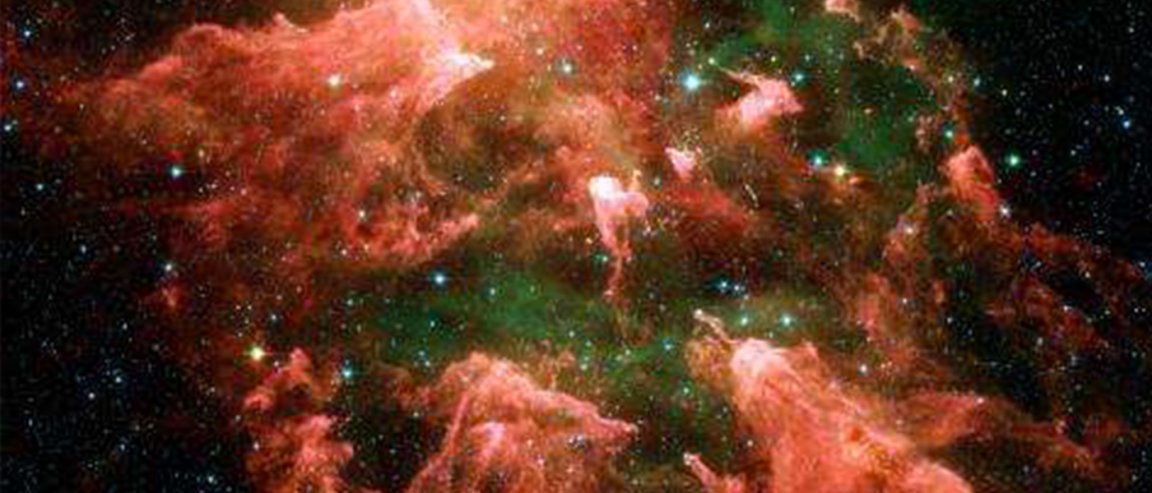
Massive discovery
A study published in Nature showcases one of the most complete models of matter in the universe. It also predicts hundreds of black hole mergers annually that can be observed with the second generation of gravitational wave detectors.
The model predicted the massive black holes that were observed by the Laser Interferometer Gravitational-wave Observatory (LIGO). The two masses that collided produced the first directly detected gravitational waves while confirming Einstein’s general theory of relativity.
Huge stars that collapse upon themselves and end up as black holes are extremely rare. These primitive stars, that came from the early universe, occur in special configurations in the universe and are made of more pristine hydrogen. On the contrary, younger stars consumed the remains of their predecessors containing heavy elements which resulted to their stunted growth.
Richard O’Shaughnessy, an assistant professor at Rochester Institute of Technology’s (RIT) School of Mathematical Science, and his colleagues predict that huge black holes like these spin in a stable fashion with their orbits remaining in the same plane. The model shows that these black holes’ alignment are not affected by the tiny kicks that occur after the stars’ core collapse. This same kick can cause the alignment of smaller black holes and can disturb their orbital plane.
Stellar performance
According to O’Shaughnessy, the calculations presented in Nature are the most detailed of its kind. Other astronomers are now using the model in their own investigations.
“We feel like parents of a beautiful daughter called gravitational wave astronomy born a few months ago and seeing her grow more gorgeous by the day,” said Carlos Lousto, a professor in RIT’s School of Mathematical Science.
To learn more about LIGO: https://youtu.be/tQ_teIUb3tE